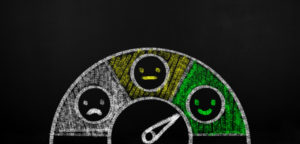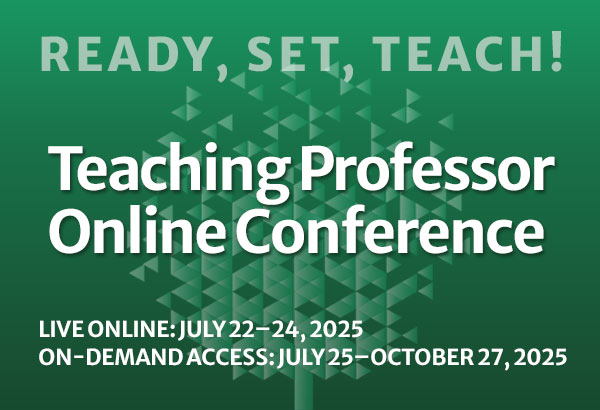
Course Evaluations as a Tool for Growth
I remember my first year as a tenure-track professor as a nightmare. For reasons I won’t belabor, my teaching stunk. During class, my face was red and hot with humiliation as I fumbled through the content. During lectures, I prayed that no one would ask










